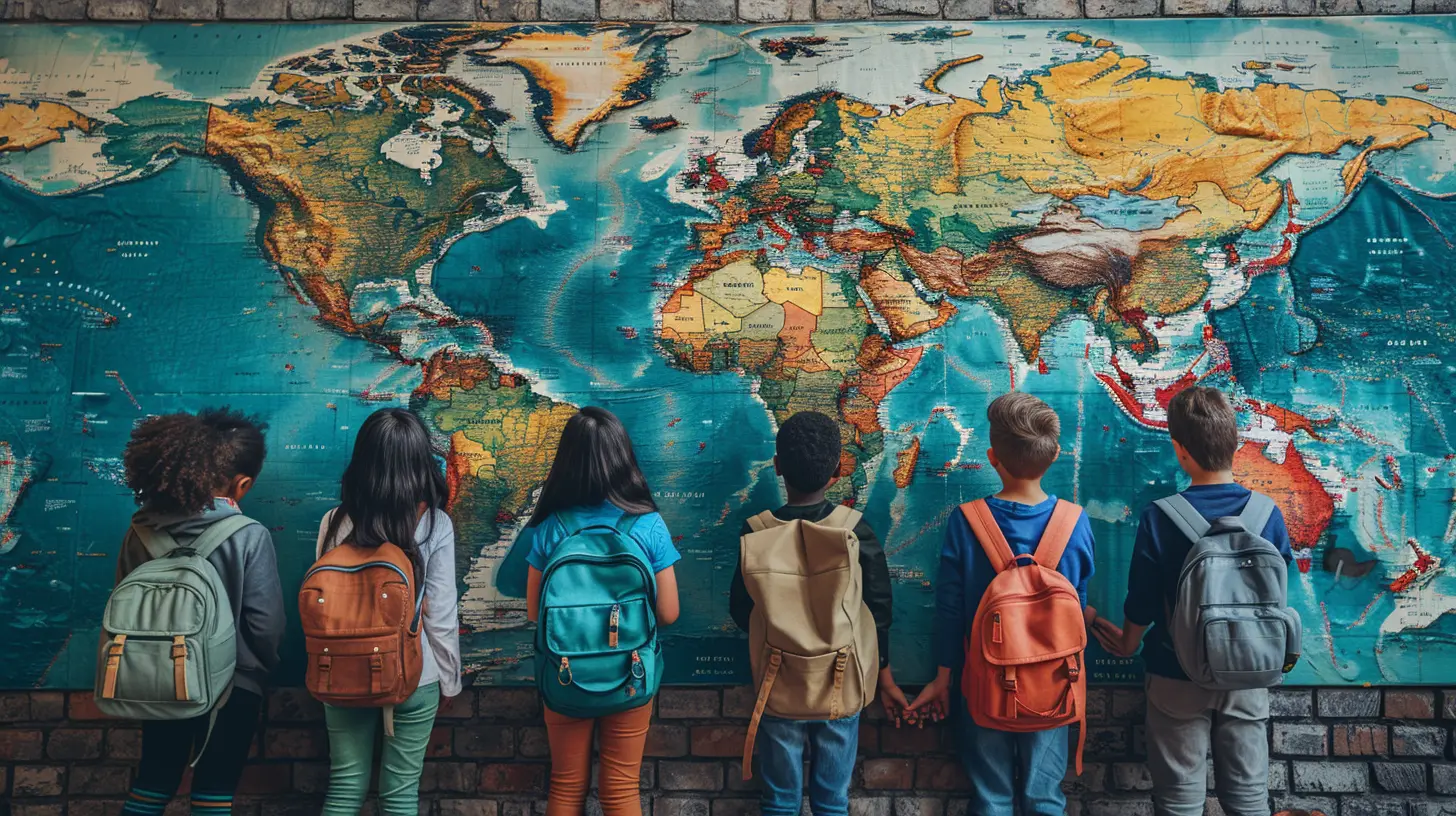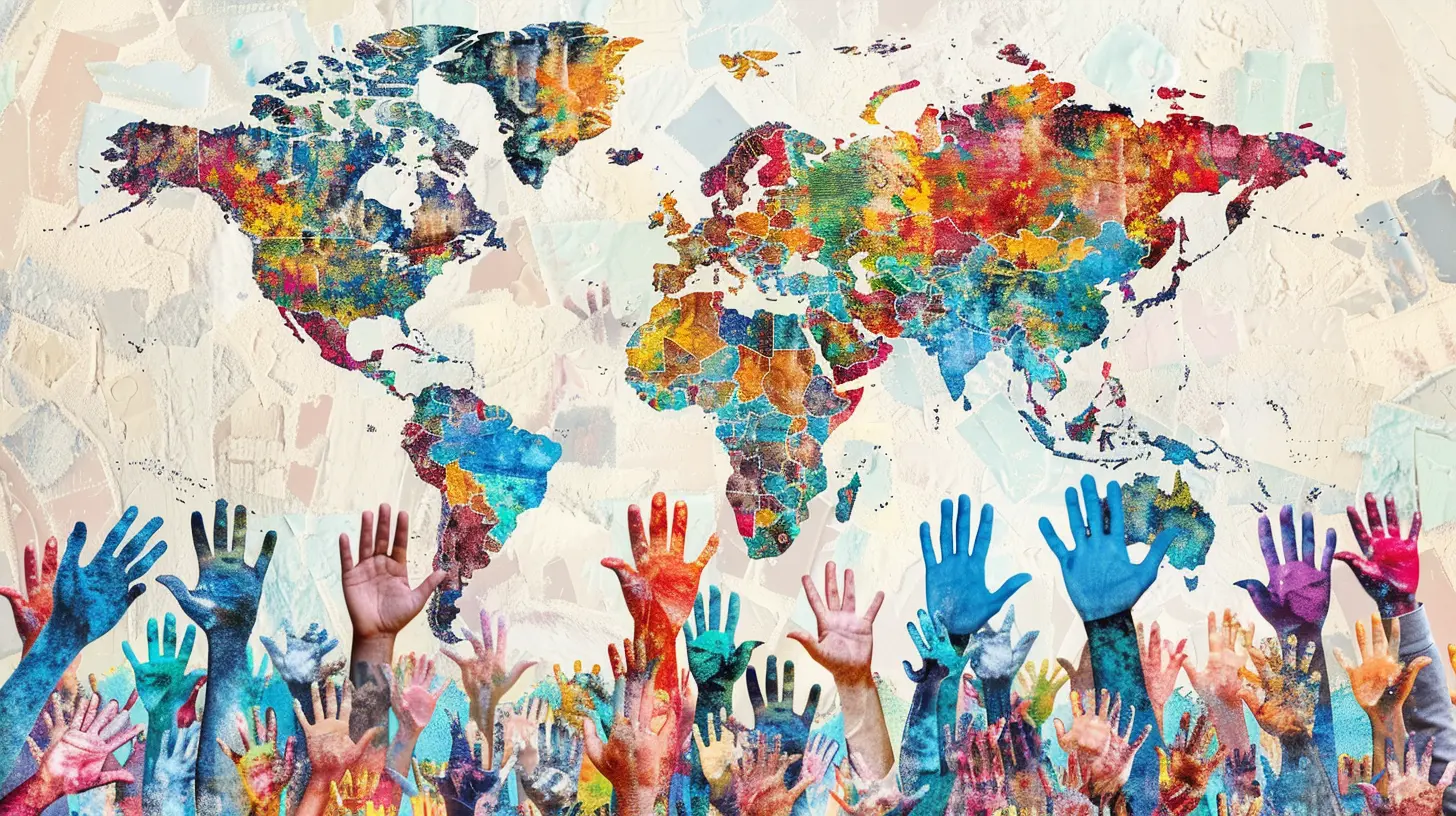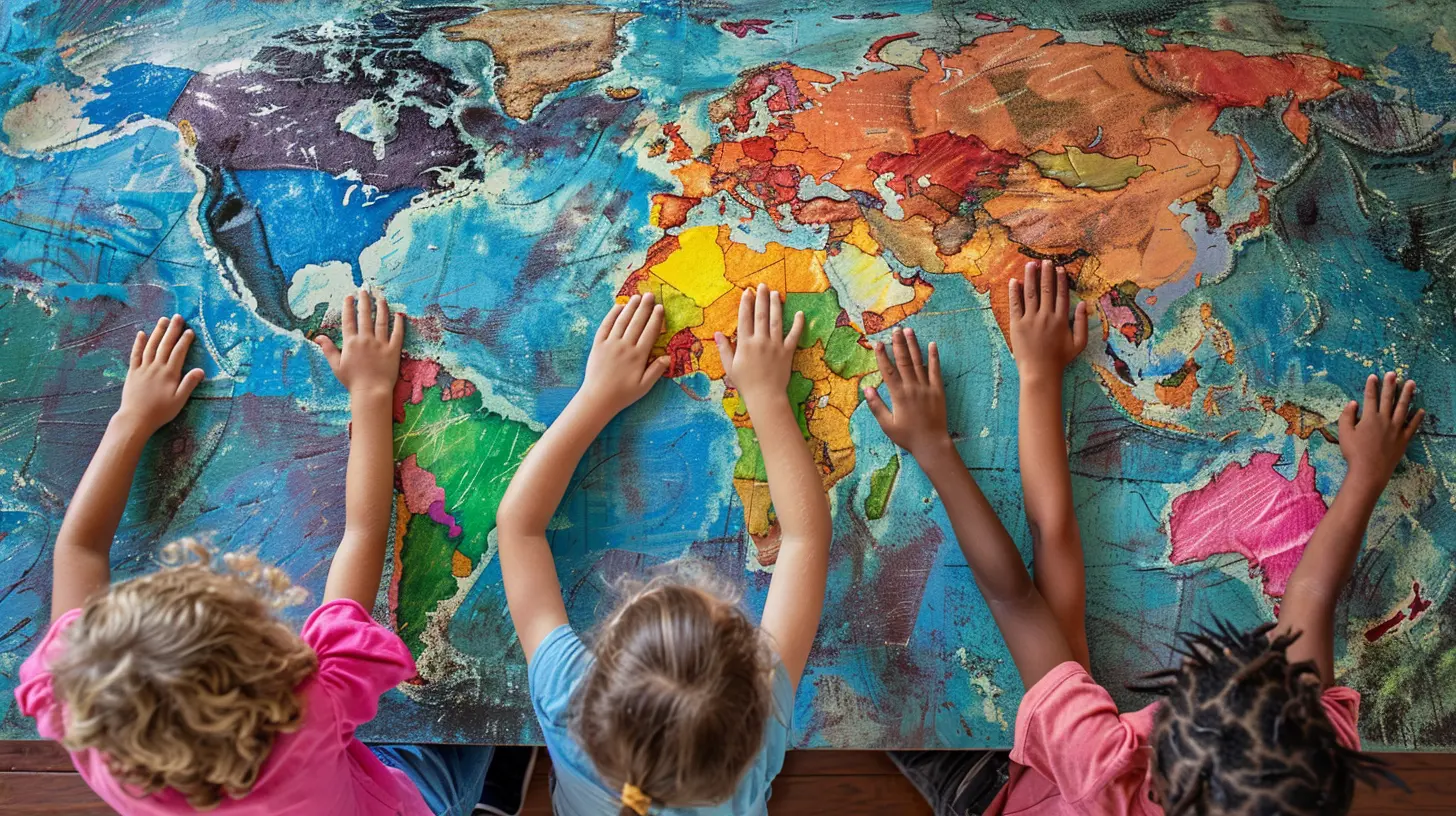19 November 2025
In a world where a message can travel from New York to Nairobi in less than a second, it’s clear that we’re more connected than ever before. The internet, international trade, global news, cultural exchanges—they’ve all made our planet feel like a tight-knit community. So, here’s a big question we need to ask ourselves: are we preparing our students to thrive in this interconnected world?
Welcome to the age of global citizenship. It's not just about knowing where different countries are on the map. It's about empathy, cultural awareness, sustainability, and making informed decisions that impact not just our neighborhood but the whole planet. As educators, parents, and mentors, how can we instill these values in our students?
Let’s dive into why teaching global citizenship isn’t just a nice-to-have anymore—but a must.
What is Global Citizenship?
First things first—what exactly does "global citizenship" mean?Think of it like this: being a global citizen is like being a member of Team Earth. It means recognizing that your actions have an impact beyond your backyard. Global citizens understand different cultures, respect diverse perspectives, and take responsibility for making the world a better place.
So, while traditional education may focus on academic subjects, global citizenship education (GCE) is more holistic. It blends knowledge, values, and skills to help students engage with global issues—things like climate change, human rights, poverty, and social justice.
Why Global Citizenship Matters More Than Ever
You might be wondering, “Why should schools spend time on global citizenship when there’s already so much to teach?” Valid question. But teaching global citizenship doesn’t take time away from learning—it enhances it.1. The World is a Global Village
We live in a hyper-connected age. Whether it's through social media, commerce, tourism, or migration, borders are becoming less of a barrier. Students today are likely to work with people from different cultural backgrounds, either in-person or online. A basic understanding of diverse cultures isn’t optional—it’s essential.2. Combatting Misinformation and Bias
Let’s be honest, the internet is both a treasure chest and a trap. We’re bombarded with information daily. Teaching global citizenship helps students develop critical thinking skills so they can separate facts from fiction, and understand global perspectives without falling into stereotypes or misinformation.3. Fostering Empathy and Inclusion
Global citizenship nurtures empathy. It helps kids see the world through someone else’s eyes. That kind of compassion is what leads to inclusive classrooms, stronger communities, and ultimately a more peaceful world.
Incorporating Global Citizenship in the Classroom
So, how do we make global citizenship more than just a buzzword on a school poster? The good news is you don’t need fancy programs or expensive tools to get started. With a bit of creativity and openness, you can plant the seeds of global awareness right in your classroom.1. Integrate Global Topics into Daily Lessons
You don't need to create a whole new curriculum. Just sprinkle in topics that relate classroom lessons to global events or perspectives. Teaching math? Use real-world data from other countries. Discussing literature? Choose authors from different cultures. History class? Highlight global connections and different viewpoints.2. Use Technology to Connect Students Globally
Thanks to technology, you can now bring the world into your classroom—literally. Platforms like ePals, PenPal Schools, or video conferencing tools let students collaborate with peers in other countries. These cross-cultural exchanges are golden opportunities to build empathy, curiosity, and mutual respect.3. Emphasize Critical Thinking and Media Literacy
Encourage students to question what they read and hear. Teach them how to evaluate sources, recognize bias, and understand multiple sides of a story. This kind of thinking is a cornerstone of global citizenship in the digital age.4. Promote Cultural Awareness through Projects
Why not organize a “Cultural Week” where students research and present on a country? Or host a “Global Fair” where they showcase food, music, and traditions from around the world? These fun, hands-on experiences make learning more meaningful—and memorable.
Teaching Values Through Real-World Issues
Talking about global citizenship without addressing real-world issues is like baking a cake without sugar—it’s just not complete. Tackling current global challenges helps students connect what they learn to the world around them.1. Climate Change and Sustainability
Introduce students to ideas like renewable energy, recycling, and carbon footprints. Have them research how different countries tackle environmental issues. This not only teaches science but drives home the message that our actions affect the planet we all share.2. Human Rights and Social Justice
Discuss historical and current movements around gender equality, racial justice, or refugee rights. Encourage debates, role-playing, or project-based learning to help students understand complex social issues through lived experiences.3. Economic Interdependence
Explore how countries rely on each other for goods, services, and technology. This can be as simple as tracing where the components of a smartphone are made. It helps students appreciate the global nature of our daily lives.Building a Global Mindset Beyond the Classroom
Global citizenship doesn’t stop when the school bell rings. It’s a way of thinking, acting, and engaging with the world that extends into everyday life.1. Volunteer Locally with a Global Perspective
Encourage students to get involved in community service projects. Even local actions—like participating in a food drive or neighborhood cleanup—can be tied to global goals like ending hunger or promoting sustainability.2. Encourage Travel or Virtual Exchanges
Travel, if accessible, can be life-changing for students. But even if international travel isn’t an option, virtual exchanges, documentaries, online museum tours, and books can open up worlds of understanding.3. Foster Lifelong Curiosity
The most powerful thing you can do? Spark curiosity. Encourage students to ask questions, seek understanding, and remain open to different cultures and ways of life. Curiosity is the engine of global citizenship.Facing Challenges in Teaching Global Citizenship
Let’s not gloss over the reality—teaching global citizenship comes with a few bumps in the road. But facing challenges head-on is part of the growth.1. Curriculum Constraints
With standardized tests and packed schedules, squeezing in one more “subject” can feel impossible. That’s why integrating global citizenship into existing lessons is a game-changer. It’s all about connection, not addition.2. Resistance to Change
Sometimes, educators or parents are hesitant because they worry global citizenship might push certain beliefs or be “too political.” The key is to frame it around universal values—respect, empathy, responsibility—and let students explore big ideas themselves.3. Lack of Resources
Not every school has access to high-tech tools or global programs. But don’t underestimate the power of storytelling, books, interviews, and simple classroom discussions. Global citizenship starts with open minds, not open wallets.The Role of Teachers as Global Role Models
Let’s not forget—teachers are powerful role models. When you, as an educator, bring global issues into discussion, show enthusiasm for other cultures, and embrace diversity in your classroom, your students pick up on that.Be authentic. Share your travel stories, cultural experiences, or even your own learning journey around global issues. When students see you learning and growing, they’ll be more likely to follow suit.
Final Thoughts – A Small Step for the Classroom, A Giant Leap for the Planet
Teaching global citizenship isn’t about raising mini diplomats or world leaders—although that might happen too! It’s about nurturing kind, curious, informed individuals who care about people beyond their circles.In a world where headlines can often feel heavy—where division and conflict can dominate the news—global citizenship offers a ray of hope. It's a toolkit that helps children grow into compassionate adults who want to build bridges, not walls.
So whether it’s in a corner of your classroom or through a conversation over lunch, let’s start preparing students for the world they’re already a part of. Because the future belongs to those who understand the value of connection.
And let’s be honest, who wouldn't want to be part of that team?


